Panoramic Photo Above:
Forbes Field, Pittsburgh
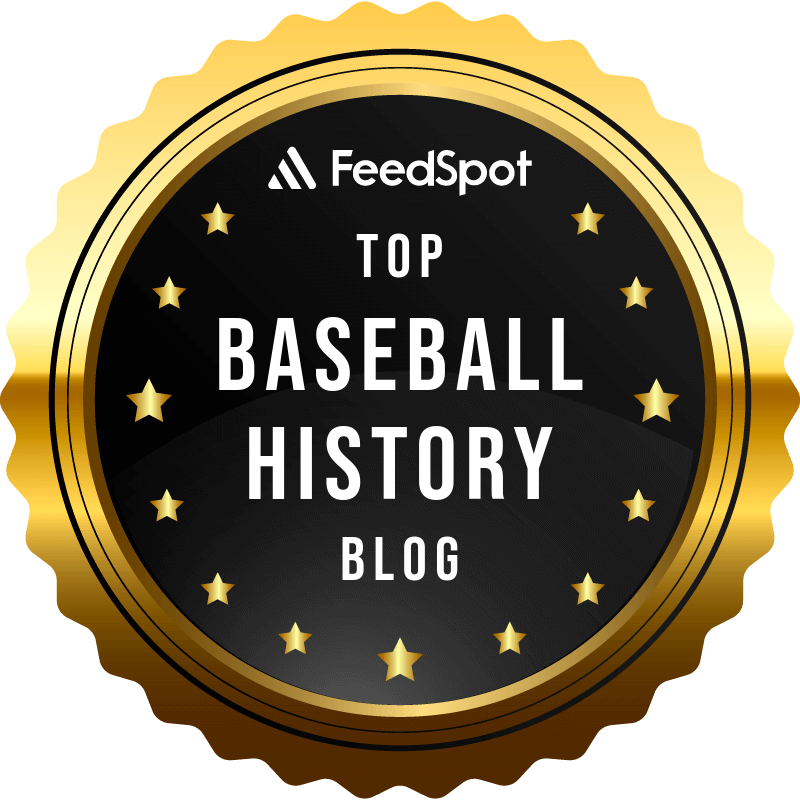
Baseball History Comes Alive Now Ranked As a Top Five Website by Feedspot Among All Baseball History Websites and Blogs!
(Check out Feedspot's list of the Top 35 Baseball History websites and blogs)
Guest Submissions from Our Readers Always Welcome! Click for details
isit the Baseball History Comes Alive Home Page
Subscribe to Baseball History Comes Alive
Free Bonus for Subscribing:
Gary’s Handy Dandy World Series Reference Guide
Johnnie Taylor Photo Gallery
Ron Christensen returns today with an interesting essay about one of the unsung heroes from the Negro Leagues, Johnnie Taylor (1916-1987), shown in the featured photo with Satchel Paige. In one memorable matchup with the acclaimed Hall of Famer, he out-dueled Paige and even pitched a no-hitter! I always welcome the opportunity to enhance our knowledge of the Negro Leagues and it’s many overlooked stars, so I think you’ll enjoy reading what Ron has for us today. -GL
“Schoolboy” Johnnie Taylor No-Hits the Satchel Paige All-Stars!
“Man, did he have good stuff! Taylor would have been a major leaguer for sure if he hadn’t come along before they allowed colored boys to play in organized baseball.” -Roy Campanella
If you spoke with anyone who stepped into a batter’s box to face him, they would say that Johnny Taylor was a helluva pitcher. Tall and slender with a high leg kick, a deceptively sharp rising fastball, a ‘nose to toes’ drop to his curveball, excellent command and pinpoint accuracy, Taylor was a formidable adversary when he took the mound. Well respected by teammates and opponents alike, Taylor had an eleven year career in professional baseball that spanned from 1935-1949, with interruptions for wartime service. Primarily affiliated with the New York Cubans and the Pittsburgh Crawfords of the Negro Leagues, Taylor also played in Mexico and Cuba. Johnny Taylor created many memorable moments in his career, but the one he is best remembered for is pitching a no-hitter against Satchel Paige and his team of All Stars at the Polo Grounds in 1937.
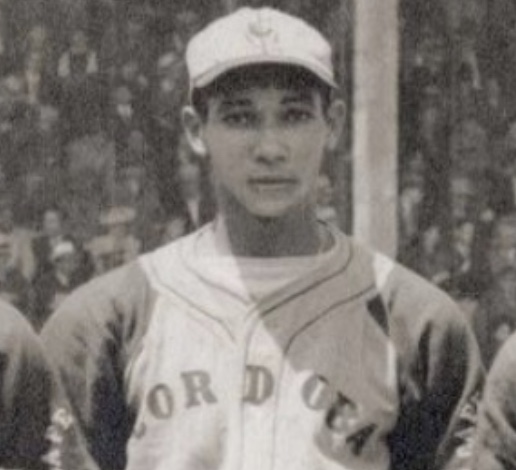
Taylor was a track and field athlete in high school, but opted to play baseball in his senior year. He went 8-1 as a pitcher and batted .428, and in his final game he struck out 25 batters, still a Connecticut high school record. His exploits that season came to the attention of Gene McCann, a scout for the New York Yankees, who was interested in signing Taylor to a major league contract. But when McCann learned that Taylor wasn’t white, he tried to convince Taylor to pretend he was Cuban, something Taylor refused to do. Instead, upon graduating from high school in 1933, Taylor continued to pitch with various teams in Connecticut’s semi-pro circuit. Here he earned the nickname ‘Schoolboy’ because of his young age and youthful appearance.
In April, 1935, Taylor signed his first professional contract to play for the New York Cubans of the Negro National League. The Cubans were managed by Martin Dihigo, a versatile six-tool player – he had the cherished five-tools so sought after in a ballplayer, plus he could pitch, logging more than 260 victories over his 24 year career. Buck Leonard once called Dihigo the greatest player of all time, black or white. Dihigo is the only player inducted into the Baseball Halls of Fame of Cuba, Mexico and the United States.

That season Taylor finished second on the Cuban’s pitching staff in total strikeouts, just a few behind teammate Luis Tiant, Sr. After the season, as a member of the Negro League All Star team, Taylor pitched against Dizzy Dean and the Dizzy Dean All Stars at Yankee Stadium. Taylor struck out 14 batters in a complete game loss to Dizzy Dean and his All Stars, 3-0. After the game, when commenting about Taylor’s curveball, Dean said it was the best “drop ball” he had ever seen.
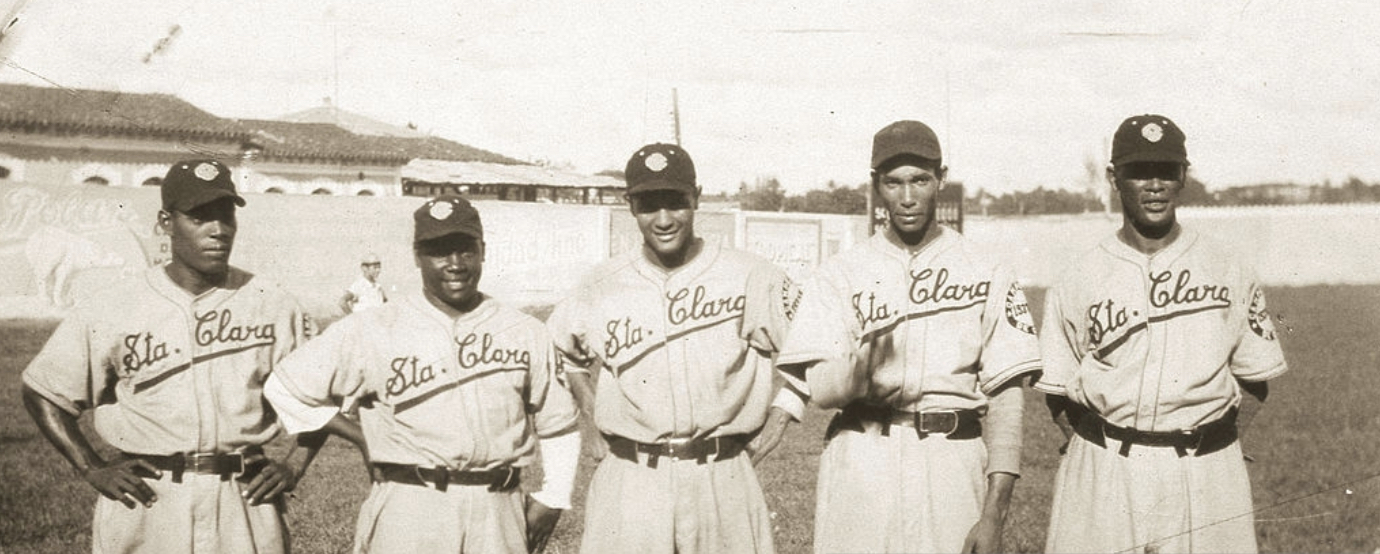
In 1936, Taylor led the Cubans in total strikeouts, finishing second in the league to Satchel Paige of the Pittsburgh Crawfords. Pittsburgh was a dominant team in the mid-1930’s, with such formidable players as Paige, Josh Gibson, Judy Johnson and Cool Papa Bell. The team was owned by Gus Greenlee, a self-made entrepreneur who made much of his money running illegal numbers rackets. Greenlee had purchased the Crawfords in 1930 – mostly from wealth he amassed running numbers – and used his money to recruit top flight talent to build a powerful ballclub.
But by the spring of 1937, the police in Pittsburgh were cracking down hard on organized crime and illegal gambling, and Gus Greenlee was in their cross-hairs. The police were steadily raiding his numbers establishments, and the money needed to pay his players was quickly drying up. It was the Depression, and telling players they would now be responsible for their own travel and meal costs and that their paychecks would be late created much grumbling within the team.
Enter Rafael Trujillo, the ruthless dictator of the Dominican Republic. Each year the Dominican Republic played host to a celebrated four-team, 45 game baseball tournament, attracting players from throughout the Caribbean and Mexico. In 1937 this tournament was billed as “The Championship for the Reelection of Rafael Trujillo,” even though reelecting Trujillo was a foregone conclusion, as anyone bold enough to stand against him was either murdered or disappeared, never to be heard from again.
Given the label ascribed to the tournament, Trujillo decided to bring in Negro League stars to field his team, and the Crawford players were ripe for the picking. Lured by the promise of a huge payday, six of the eight position players and several pitchers, including Paige, abandoned Gus Greenlee and headed south to play for Trujillo. In the end, Ciudad Trujillo (Los Dragones – The Dragons) won the tournament, something Paige would later say was not only triumphant but lifesaving, as he suspected had they lost he might have met a very final, fateful end.
After the tournament the team returned to the U.S., but the players, as punishment for leaving to play for Trujillo, were banished – at least temporarily – from further Negro League play, with Paige rightfully singled out as the ringleader behind the defection. In a thinly veiled disguise, the players returned under the name ‘Satchel Paige and the Santo Domingo Stars’, and barnstormed across the country, starting in Denver in a tournament against semi-pro teams, then working their way east.
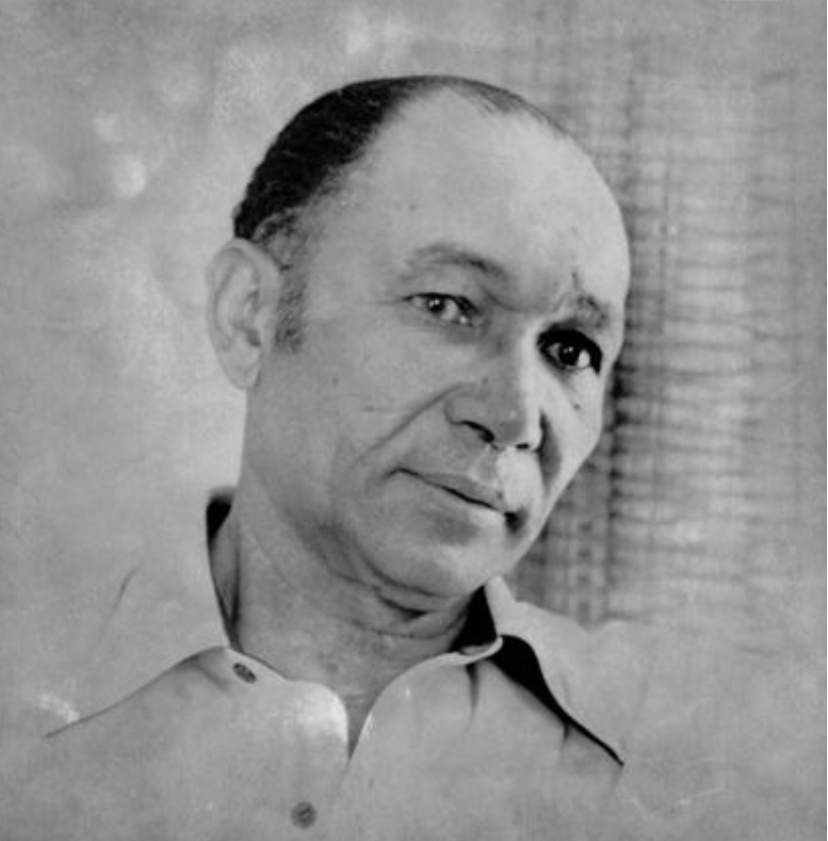
On September 19, 1937, on an overcast 70 degree day in front of 20,000 fans at the Polo Grounds in upper Manhattan, Satchel Paige and his Santo Domingo Stars ran into a buzz-saw by the name of Johnny Taylor. Taylor was pitching for the Negro League All Stars, with Paige as his mound adversary. The game was a close one, with no score from either team after eight innings. Shifty Jim West of the Washington Elite Giants homered off of Paige in the top of the ninth to give the Negro League Stars a 2-0 lead, and in the bottom of the ninth Taylor retired George Scales, Spoony Palm and Cool Papa Bell to preserve the win and seal his no-hit performance. Monte Irvin said Taylor had “the damnedest overhead curveball you ever did see!”
Taylor was certainly the conquering hero, and his stock rose considerably when the new season came around. In fact, Gus Greenlee was reassembling the Crawfords, and elected to sign Taylor over Satchel Paige, though this might have been due in part to lingering hard feelings toward Paige. Nonetheless, Taylor had established himself as an exceptional pitcher, a star among a constellation of Negro League greatness. Roy Campanella once said of Taylor, “Man, did he have good stuff! Taylor would have been a major leaguer for sure if he hadn’t come along before they allowed colored boys to play in organized baseball.”
‘Good Stuff’ indeed. Just ask anyone who stepped into a batter’s box to face Schoolboy Johnny Taylor – if only we still could.
Ron Christensen
REFERENCES:
- Wikipedia: Schoolboy Johnny Taylor
- MLB.com: Hartford’s Johnny ‘Schoolboy’ Taylor
- SABR: Johnny Taylor, by Jon Daly
- GHTBL.org: Johnny Taylor – Hartford’s First Professional Black Athlete
- Seamheads.com: Negro League Data Base
- Seamheads.com: The 1937 Negro National League
- NoHitters.com: ‘Schoolboy’ Johnny Taylor
- Retrosheet.org: NNL All Stars 2, Santo Domingo All Stars 0
- Baseball Reference: Johnny Taylor
- Atavist Magazine: How the Best Baseball Pitcher Came to Play for the Cruelest Dictator
Photo Credits: All from Google search
Subscribe to Baseball History Comes Alive. FREE BONUS for subscribing: Gary’s Handy Dandy World Series Reference Guide. https://wp.me/P7a04E-2he
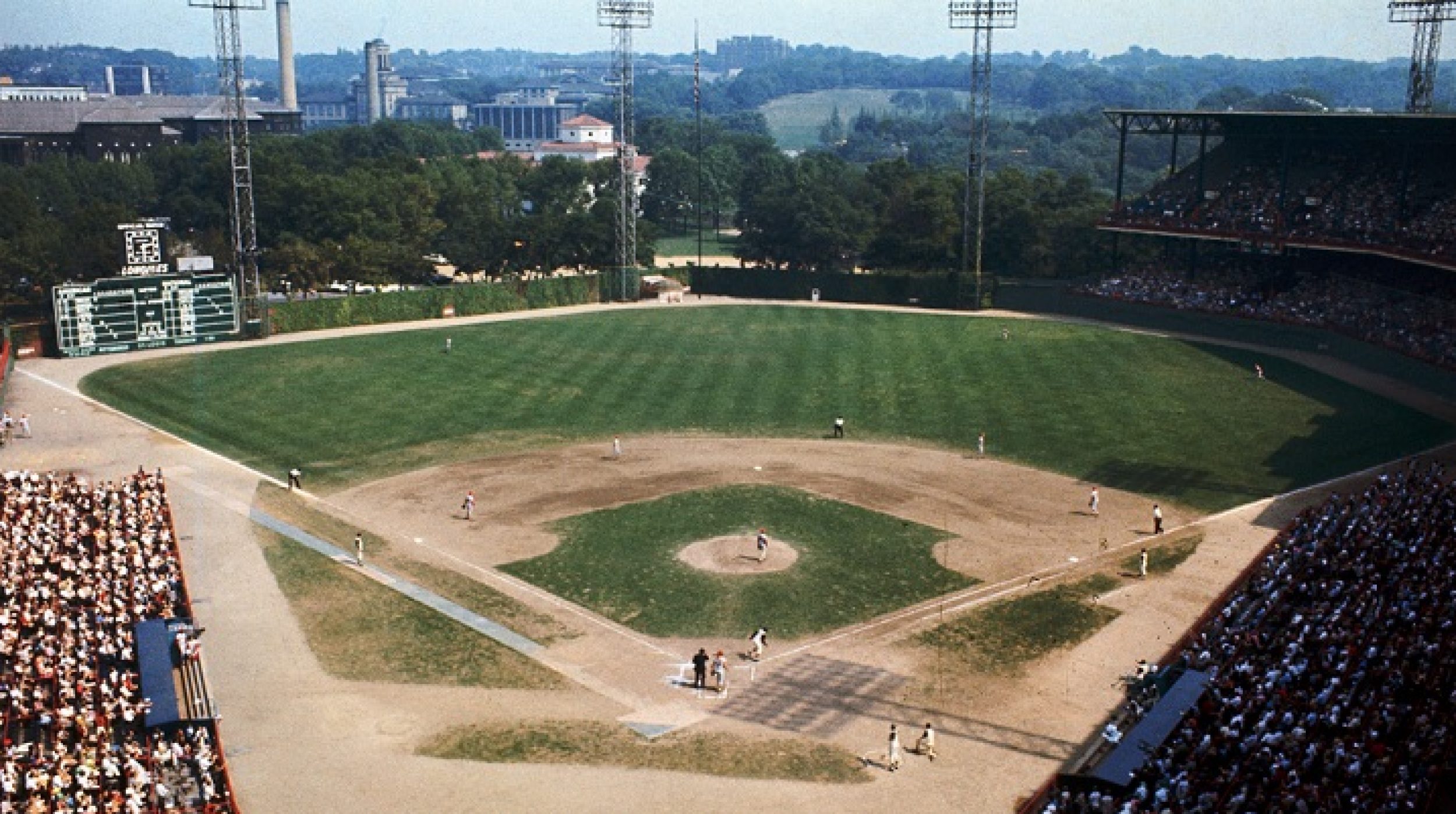













What an excellent article. I learned so much. I never heard of Johnny Taylor, but what a remarkable story.